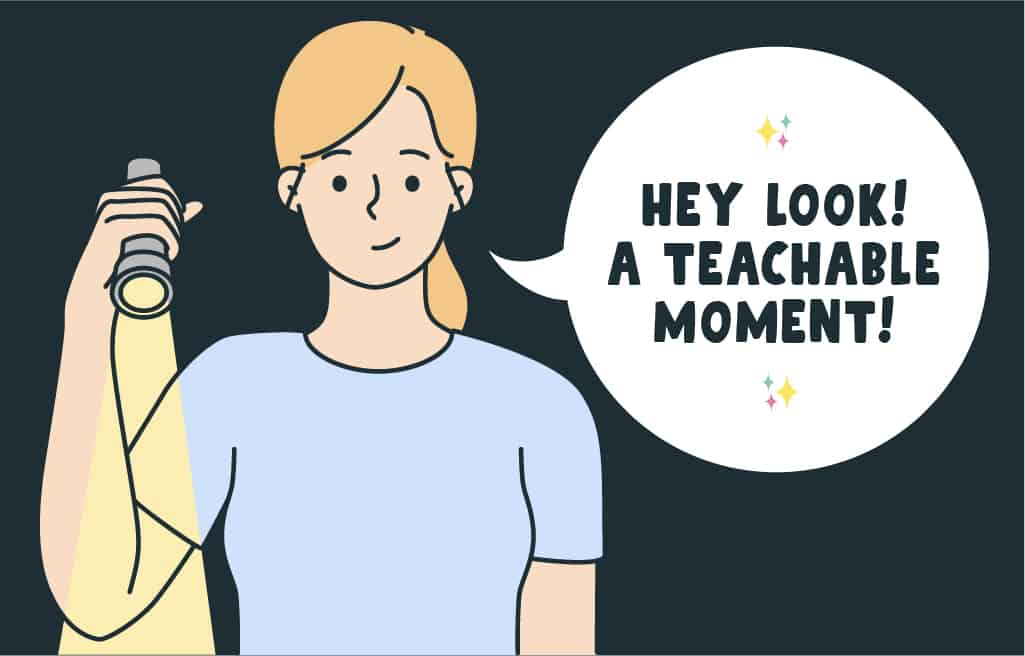13 Examples of Teachable Moments From a Montessori Elementary Teacher
Curious about the power of teachable moments and seeking real-life examples? Join me, an experienced Montessori elementary teacher, in exploring these spontaneous opportunities for impactful learning.
Teachable moments are those amazing times when kids eagerly soak up new knowledge. By being alert to these moments, we can teach unplanned but important lessons.
More About Teachable Moments!
📘 The Merriam-Webster Dictionary defines ‘teachable moments’ as such: “A time that is favorable for teaching something, such as proper behavior.”
📘 This is how the Macmillan Dictionary defines ‘teachable moments’: “An event or experience that allows someone to learn something.”
📘 And just to throw out a third perspective, dictionary.com states that ‘teachable moments’ are: “A specific occurrence, situation, or experience that can be used to teach people about something more general.”
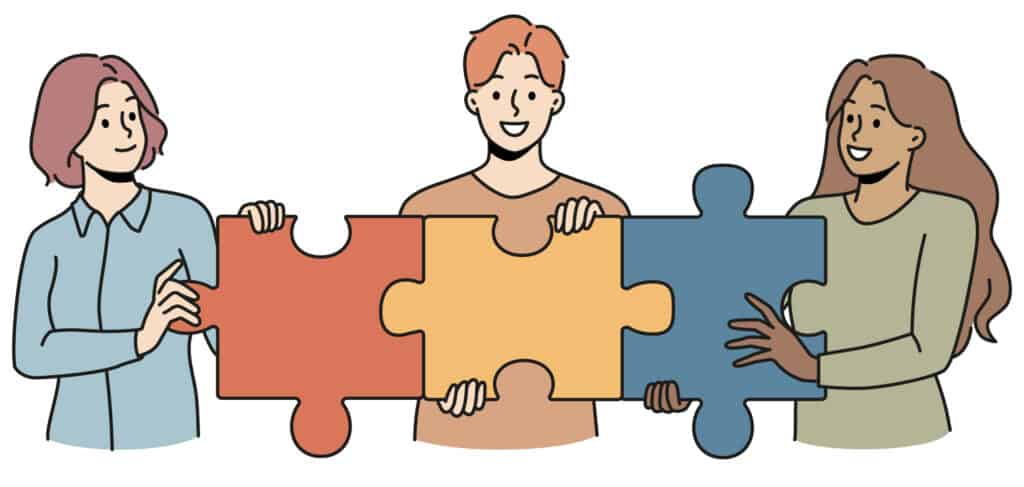
So, teachable moments are instances when learning something is possible and even easy for someone. It’s a time when a child, or an adult, is most receptive to taking in new information about something they are interested in.
In elementary learning – with a careful eye – teachable moments can be plucked from situations such as:
💡 When a student is struggling with a difficult concept or skill and demonstrates an eagerness to understand.
💡 When there is an opportunity to make connections between seemingly unrelated topics within the same subject area.
💡 When students ask questions they have never asked before.
Those are all great teachable moments examples.
But keep reading for more!
While they often present themselves during academic lessons – like a student inquiring about climate change in a weather lesson – they can also pop up during everyday life situations.
In the book Interacting or Interfering, author Julie Fisher puts it quite nicely by saying:
“Many of the richest conversations come out of nothing and out of nowhere. They are topics that come into a child’s head as they remember something or see something that triggers a memory or a connection. The topics can sometimes seem random, but the attentive adult usually finds a thread to their thinking which shows what they are saying is a result of a memory, some previous experience, or a current concern.”
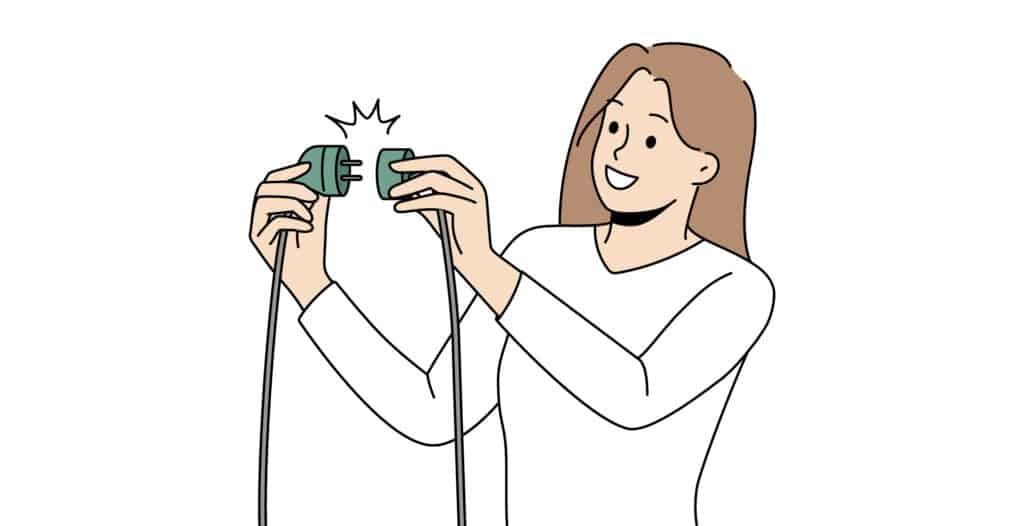
A Teachable Moment Randomly Pops Up, What Do You Do?
You’re an elementary educator, a really great one at that. You’ve planned your day down to the minute and everything is going according to schedule.
Then up pops a random comment from a curious student that is somewhat off-topic. The perfect example of a teachable moment.
So what do you do?
😿 You could panic and cry.
😼 You could try to get back on track with your lesson plan.
🙀 You could even just ignore the comment altogether.
But that’s not what great teachers do.
😻 Great teachers, educators, parents, and caregivers – like yourself – accept the challenge, steer the moment in a different direction, and use the opportunity to help children learn even more.
Teachable moments can happen anywhere and at any time. They might be planned, or they might be spontaneous.
It’s amazing how much a child is willing to learn when they’re able to expand upon something that has interested them.

I’ve created these moments of learning in many different ways. From teaching long division with the racks and tubes material to discussing the different parts of speech in a language lesson, and definitely, in each one of the five great lessons, I’m often found purposefully straying off topic to maximize student learning.
The key is to be on the lookout, be prepared, be flexible, and be open to following the child’s curiosity when these moments arise.
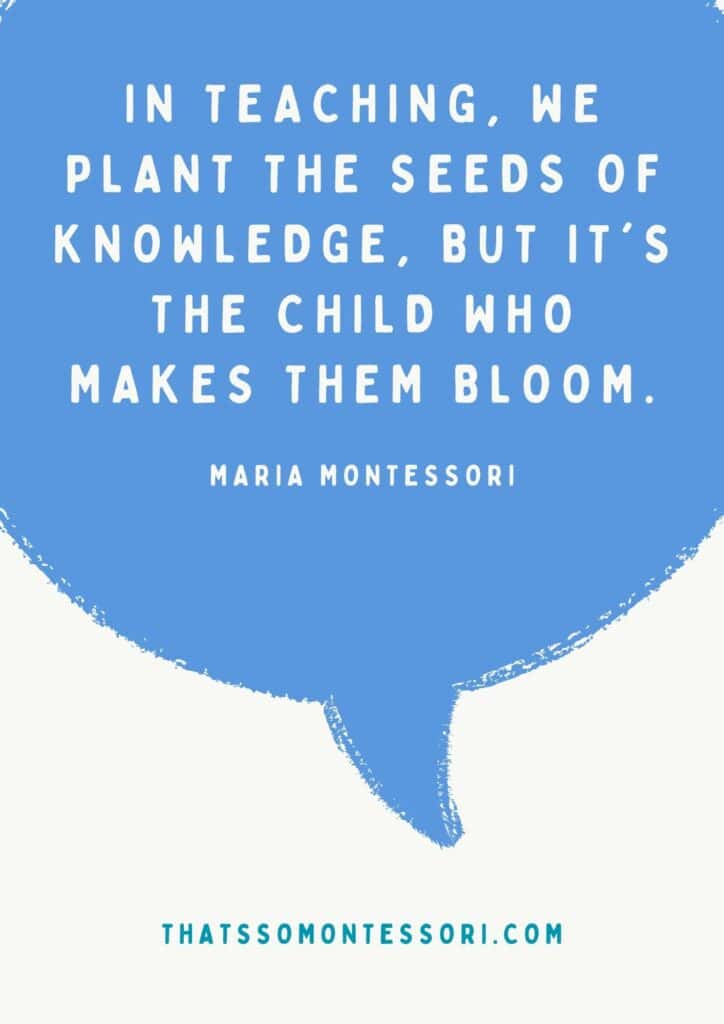
13 Examples of Teachable Moments from a Montessori Elementary Teacher
Check out these examples of teachable moments in the classroom and outside of the classroom with the elementary-aged children in my life. Use these examples as guides to help you recognize teachable moments with your kids in the second plane of development.
Example 1: A teachable moment that fits perfectly with your lesson plan.
Let’s say you’re teaching a lesson on photosynthesis. In the middle of your presentation, one of your students pipes in and asks why the plants in her bathroom at home are dying.
This definitely was not part of the lesson plan – or something you ever really thought about at all – but it is a great example of a teachable moment that all students could benefit from.
When this question came up in my biology lesson I took advantage of the moment. It gave me a chance to review the basics with the group. We talked about how plants are living things and reiterated that they need sunlight and water to not only thrive but to survive.
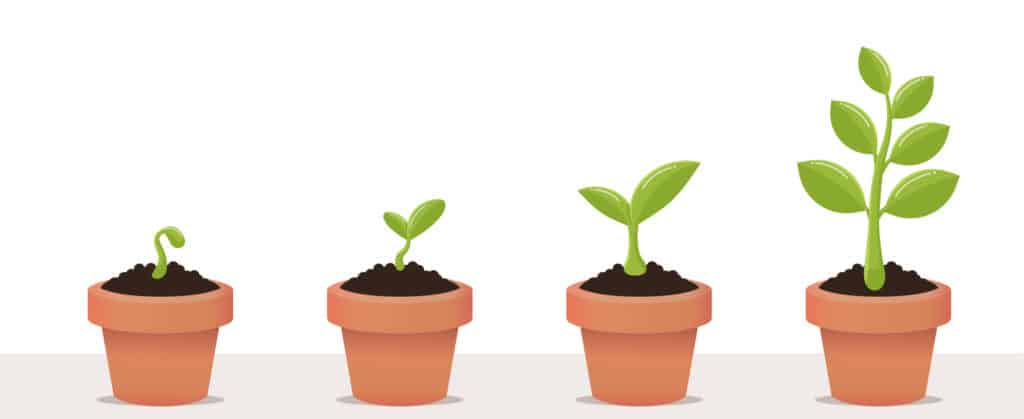
The conversation expanded even further by discussing what types of plants would be most suitable for a bathroom. Having them think about factors such as low light and high humidity guided my students to research the types of flora that would stand a chance in a typical household bathroom.
🪴🪴🪴
Teacher Tip: You could also turn a teachable moment like this one into a conversation about getting plants for the classroom.
Students can research which plants do well inside, how to take care of them, where to buy them, and how much they cost. They can even do a fundraiser to buy the plants for their classroom.
It’s biology, math, and life skills all mixed into one activity. That’s so Montessori!
Oh, and here are 18 plants that will thrive in your bathroom and therefore likely your classroom too. Thanks, Martha!
🪴🪴🪴
Example 2: A teachable moment about grace and courtesy.
I find having lunch with students to be a great way to observe and connect with them outside of learning and lessons.
It’s also a great time to flow with teachable moments.
Picture this, you’re sitting with your students at lunch and one student accidentally knocks over another student’s drink. It spills all over the table and now there’s sticky juice dripping onto the floor. Everyone is looking at each other and no one is ready to accept what just happened.

Can you relate!?!?
I use these awkward messy spills as teachable moments. Discussing the importance of helping others over lunch provides a laid-back and comfortable space for students to talk about grace and courtesy.
You’d be surprised at how fast students band together to work as a group to clean up a mess, organizing themselves into roles such as spill controllers, moppers, and trash collectors. Regardless of who created the spill, the majority of students pitch in to lend a helping hand.
Additionally, I use the drink spill as an opportunity to express how I feel about their actions. I let my students know that I’m proud of them for taking such wonderful initiative. They need to know how good it feels to be seen, heard, and appreciated.
It’s also a great time to talk about kindness and helping others. I like to have my students think about how it feels to help their classmates. It’s important to talk about gratitude and how great it feels to help others.
Turns out that learning from a real-life situation – one that could have been an embarrassing mess – is in fact another one of many great examples of teachable moments.
Use these FREE role-playing Grace and Courtesy Command Cards to encourage kindness.
Get ready for plenty of teachable moments with these task cards!
These cards appeal to elementary students and are effective in developing social skills.
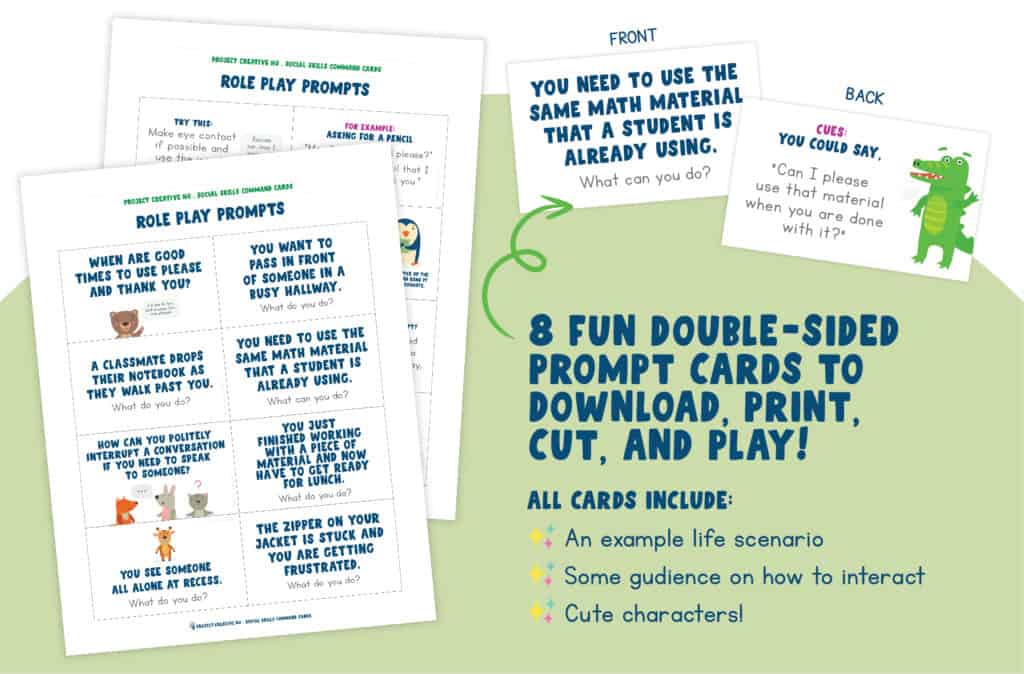
Join our That’s So Montessori Community Newsletter and get your FREE Grace and Courtesy Command Cards today!
Example 3: A teachable moment with cross-curricular connections.
When students make their own connections between different subjects, it can be very exciting! We call this kind of learning “cross-curricular”. In the Montessori world, this is better known as “cosmic education”, and refers to the interconnectedness of all things.
It’s always great when a student’s curiosity helps them make connections beyond their school curriculum. I had a great and memorable teachable experience with one of my online elementary students that crossed two major subject areas: biology and math!
While we were exploring the parts of a flower in a botany lesson, we both had our hands on a real live sunflower. My inquisitive student made an exciting discovery as we both observed our specimens.
She noticed that the parts of a sunflower are arranged in a spiraling pattern from the middle. Upon recognizing this mathematics-biology connection, my student proudly wanted to learn more.
We spontaneously launched into a discussion about symmetry, geometry, star patterns, number systems, and even the Fibonacci sequence! It was truly delightful watching my student explore concepts from multiple disciplines with contagious enthusiasm.
Often teachable moments take us down unexpected pathways but discoveries like this prove true learning goes far beyond traditional definitions of classroom lesson plans.
Example 4: A teachable moment in real-life, outside of the classroom.
I often walked my grade 6 students over to the local grocery store for a variety of reasons, but most often than not it was because they needed to go get groceries for a classroom activity or event that they are running.
My grade 6 students ran a hot lunch program where they cooked a pasta lunch once a week for paying students and staff members.
So for the entire winter term, we embarked on our weekly walk to the local grocery store to pick up everything they needed to cook a delicious pasta lunch.
This was a major fundraiser for their annual grad trip at the end of the school year, but it was also an experience filled with teachable moments. And let me tell you, those visits to the grocery store were packed with teachable moments.
Something as seemingly simple as the grocery shopping aspect of this fundraiser taught students:
☑️ how to research and follow a recipe;
☑️ how to make a grocery list;
☑️ how to find what they’re looking for in the grocery store;
☑️ how to compare prices to get the best deal;
☑️ that they need to consider how much they can carry back from the grocery store;
☑️ to always remember to bring reusable bags;
☑️ how to plan out the quickest and safest route to get to the store;
☑️ how to keep within a budget;
☑️ that groceries can be expensive;
☑️ and that making money comes with costs.
These examples of teachable moments made an impact on these students.
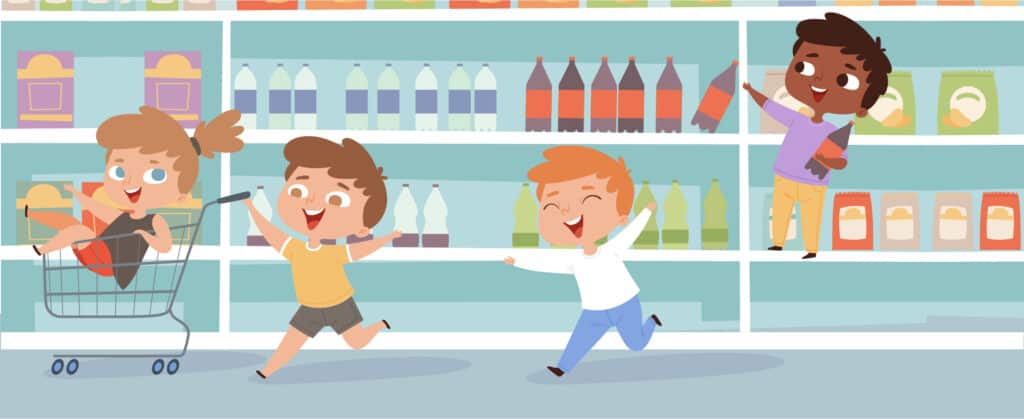
Year after year I capitalized on several opportunities to teach my students some important life skills while we perused the aisles of the grocery store.
Like clockwork, the same interesting examples of teachable moments present themselves organically while grocery shopping.
I made sure that my students learned that they did not own each aisle of the grocery store and that they needed to be mindful of the other customers in the store. And maybe the most important lesson of all, I emphasized that grocery carts are in fact not bumper cars.
With my gentle reminders and their continued practice of proper aisle manners week after week, my students showed steady improvements. By the end of the 11-week hot lunch program, my students demonstrated impeccable grocery store etiquette, for the most part.
While my grade 6 students worked together to nourish the school with delicious food, the entire experience nourished their souls and taught them a whole lot of skills required for real life, including how to conduct themselves in public and how good it feels to serve others.
As you can see, examples of teachable moments can be big or small. They can be related to the curriculum but most often they are completely unrelated.
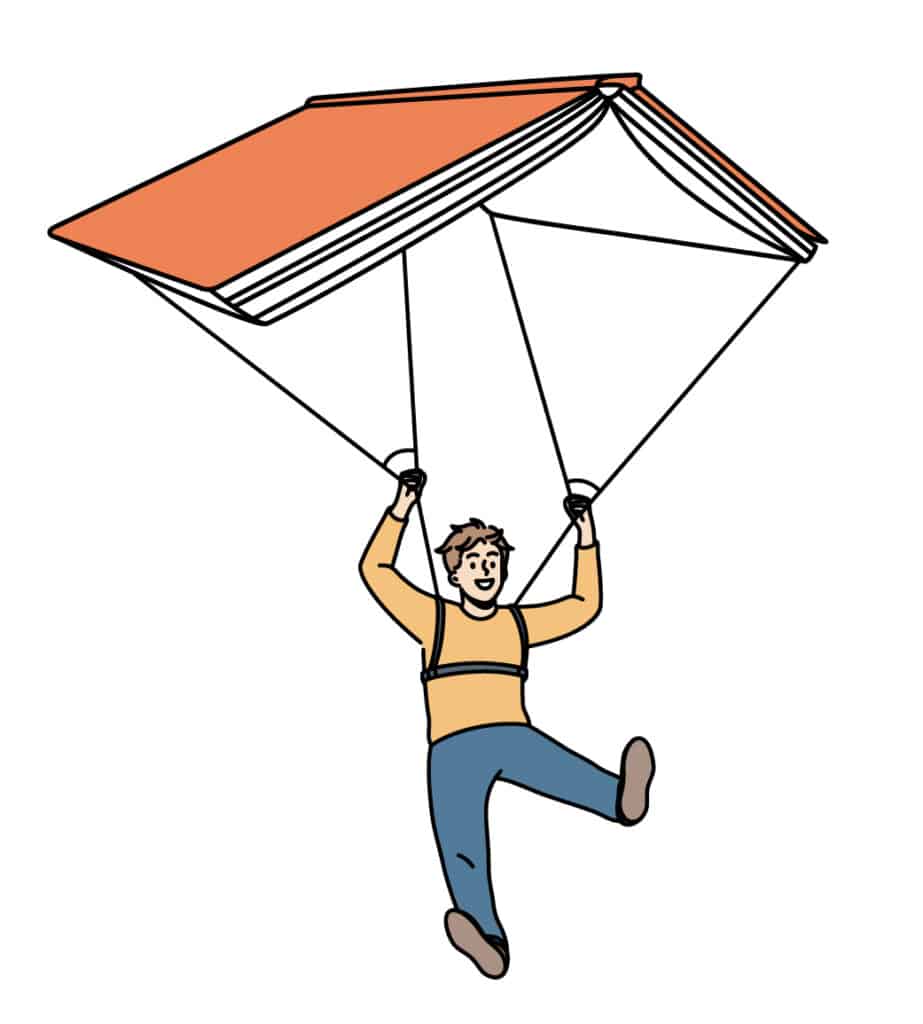
The key takeaway here is that teachable moments are a chance to help students expand their knowledge. These unplanned (and sometimes planned) instances are great opportunities to provide deeper insight into a topic that has captured a student’s interest.
Keep reading for more teachable moments examples. But first, let’s look at why teachable moments are so important.
Teachable Moments Are Important at the Elementary Level
Elementary students are in the second plane of development. They are constantly learning and growing.
In addition, they are constantly asking questions and exploring new ideas. This is why using teachable moments in the classroom is so important in any elementary learning environment.
They provide a chance for students to expand their learning in a supportive environment. Through teachable moments students can find answers to their burning questions.
But that’s not all, teachable moments also:
✅ offer a chance for students to learn in a way that is relevant to them;
✅ provide teachers with an opportunity to connect with their students on a personal level;
✅ help teach valuable life skills;
✅ encourage students to ask questions and explore new topics;
✅ allow teachers to be flexible and creative in their teaching methods;
✅ stick out in students’ minds and they are remembered long after the lesson ends;
✅ provide opportunities for growth and enrichment for both students and teachers alike.
While there are many differences between Montessori and traditional schools, teachable moments can be found and learned from in both environments.
Continue reading for more examples of teachable moments. I think you’ll appreciate these elementary anecdotes.
Examples of Teachable Moments
In the Classroom
Teachable moments exist in each and every elementary classroom. These usually unplanned instances of learning are great opportunities to stimulate a student’s curiosity and provide deeper insight into a topic that has captured their interest.

I like to think of teachable moments as real-world chances for extra learning.
These moments provide easier bits of information for children to absorb and recall later because they are genuinely intrigued by what they are learning.
When teachable moments arise spontaneously with elementary students they can really take a lesson off course.
And that’s ok. Let it happen. Allow the child to explore that interest further.
Here’s a great example of a teachable moment straight from my upper elementary classroom.
Example 5: A lesson interrupted.
Once in the middle of a lesson about the layers of the atmosphere, one of my fourth graders became fixated on why each layer ends with the word ‘sphere’.
I made the choice to expand upon that curiosity by connecting the troposphere, the stratosphere, the mesosphere, the thermosphere, and the exosphere to our Language curriculum by reviewing suffixes and looking specifically at the suffix ‘sphere’.
Students learned that ‘sphere’ is Latin for ‘ball or globe’. I challenged them to stretch their vocabulary by finding other words with the suffix ‘sphere’. A list of words quickly grew – lithosphere, hydrosphere, atmosphere, hemisphere.
And then, on their own, they started making predictions on what these words meant based on their suffix ‘sphere’. Some definitions were accurate, some were not, but all were verified using a dictionary. The students were expanding their learning by making strong connections with the lesson vocabulary words.
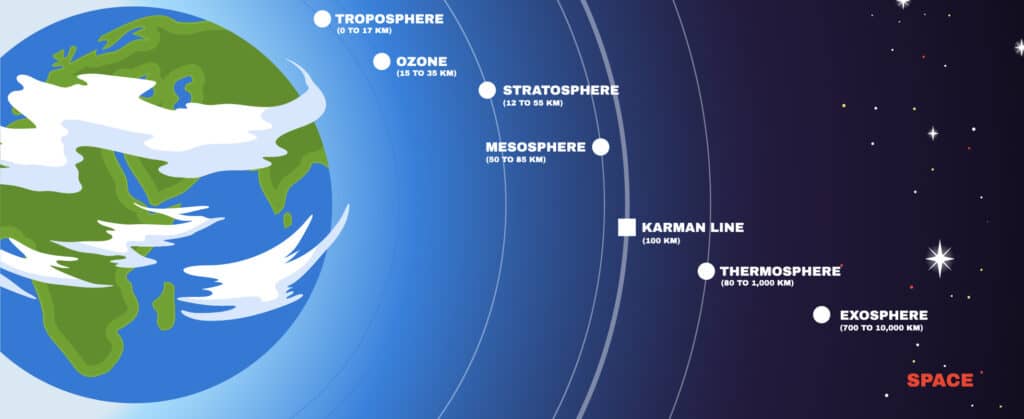
Some of my students took it a step further and researched the etymology of each of the layers of the atmosphere. For example, the etymology of the word mesosphere means ‘middle layer’. Well, doesn’t the mesosphere fall right in the middle of the five layers of the atmosphere? Interesting!
So that one lesson interruption, that one curious student’s need to know more about words ending in ‘sphere’ turned into a learning opportunity for the entire group because I let the lesson go off track for a bit. And it was worth it!
More teachable moments examples ahead. Keep reading!
📔 📔 📔
Looking for ways to stretch the vocabulary of your elementary students?
Check out this vocabulary builder activity.
📔 📔 📔
Example 6: Lunch lesson served.
On more than one occasion I’ve had a child ask me where tofu comes from as they inquire about my funky-looking vegan sandwich at lunch.
It’s important to really bite into (pun intended!) these inquisitive moments, even if it is lunchtime!
I always enjoy inviting students to do some research with me about where tofu comes from – after we finish eating of course! Our research covers information from all subject areas.
We learn all about the soybean plant – where it grows, how long it takes for soybeans to develop, how they are used to make tofu, and how tofu is a great source of vegetable protein. Language, Biology, Geography, Math, and Science are touched upon in these bonus learning moments.

Students are always curious about my plant-based meals. I get it, my food is colourful, aromatic, and different from what they are used to.
By recognizing their interest in my food choices, I am able to talk to them about different foods from around the world and the true purpose of food as fuel. It’s also a chance to talk about compassion and love for all beings.
Plus, seeing me eat so many fruits and veggies is a great way to set a positive example of healthy eating habits.
These moments are also great opportunities to teach students about manners and proper etiquette when asking about what someone else is eating. We talk about respect, word choices, judgment, and that it’s okay to be curious as long as questions are asked politely.
🥪 Did you ever think that one tofu sandwich could lead to so much learning?
If you’re open to spotting and following those teachable moments you will find them everywhere!
Let them ask all the questions.
Questions open the floor for students to enhance their understanding in a variety of areas.
Entertain the elementary-aged child’s questions and share information with them.
Don’t have the answers to their questions?
Even better! Help them find answers.
Use these moments to talk about where you can find information on the topic. Do research together. Provide them with resources that will help them find answers such as informative books, an encyclopedia, or a video.
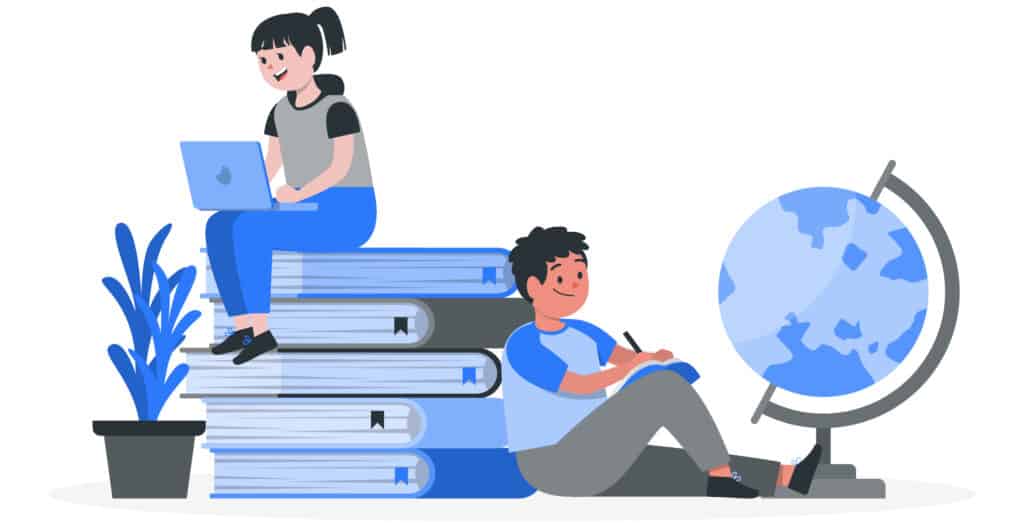
Resources like these will lead them in the direction of where to acquire knowledge for themselves.
Teachable moments examples are everywhere!
Use these moments of pure interest to expand their love of learning in any way that you can think of.
Example 7: Mistakes are teachable moments, too.
Teachable moments examples can even come out of a student making a mistake in their work.
For example, when a student writes an impressive creative writing piece that is filled with spelling errors, I celebrate the story as well as the mistakes with the student.
Both are necessary for the student’s progress.
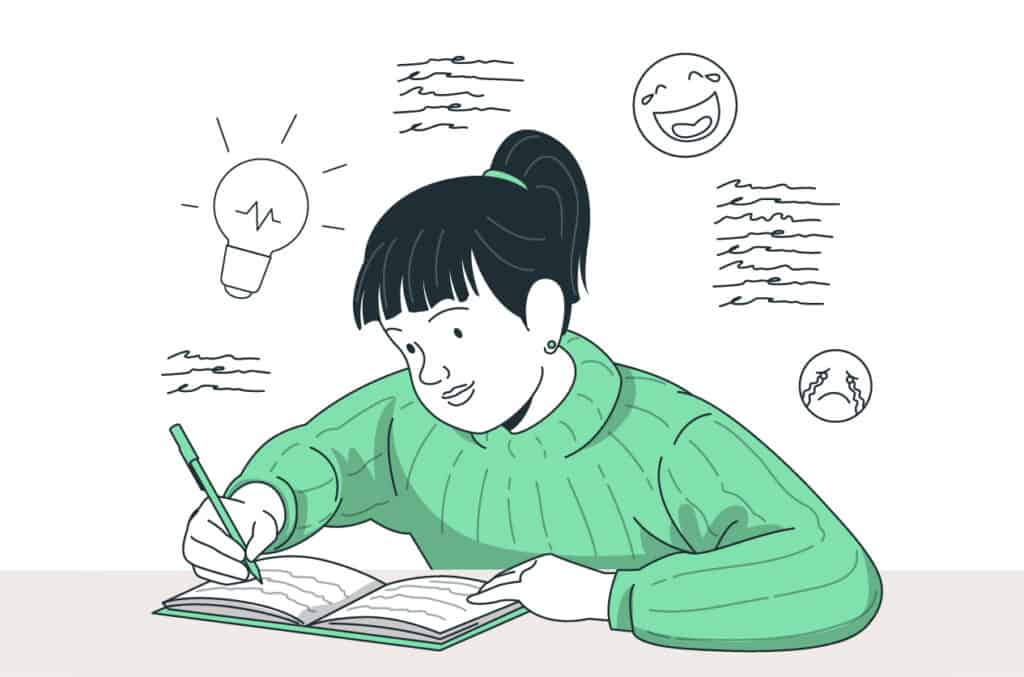
This is a teachable moment to talk about how the writing process works, what editing and correcting mistakes can look like, as well as using the dictionary for support and guidance.
This can also be a teachable moment about constructive criticism and how it’s meant to help writers grow and shouldn’t be taken personally. Those are big and helpful learning points to pick up at a young age!
So much to learn from one writing entry.
Example 8: Roll with the unexpected.
An example of a teachable moment that requires rolling with the unexpected brings me back to the afternoon when the power went out at school while I was in the middle of my novel study group.
There I was in the reading corner with a small group of grade fives, and ironically we were reading The City of Ember – a book about an underground world losing its light. If you aren’t familiar with this book you should check it out. A great read for upper elementary students!
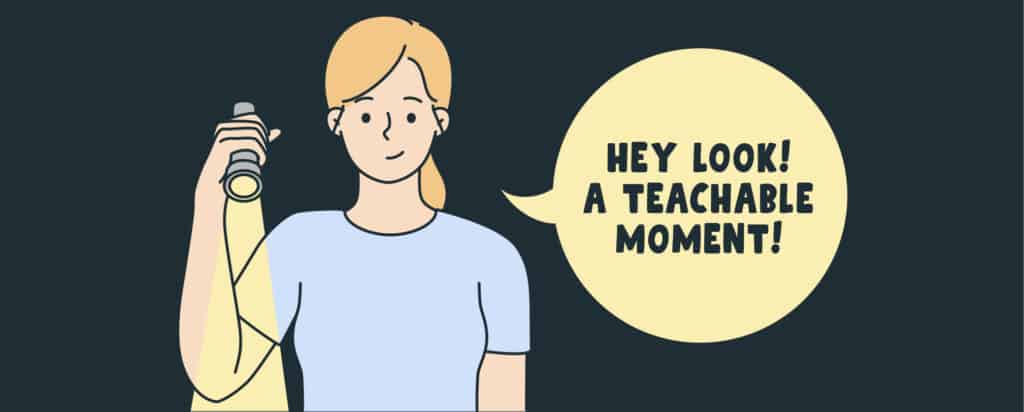
I used this power outage as a teachable moment to talk about how to deal with unexpected events.
We also discussed ways to prepare for emergencies and the importance of staying calm in these situations. It was great that we could connect the whole situation to the novel we were reading.
Learning presents itself everywhere!
But teachable moments aren’t just found within the walls of a school.
Maybe you can relate to some of these great outside-the-classroom teachable moment examples.
Some of the most intriguing teachable moments occur outside of the classroom, typically with family or friends.
Here are a couple of teachable moments examples that are close to my heart.
Example 9: A walk in the woods with questions.
I recall this one time when I was out for a walk in the woods with my elementary-aged niece and nephews.
One nephew stopped, crouched down, and got a good look at a bush of some sort. He picked up a twig, poked the bush, and was surprised by the insects that emerged.
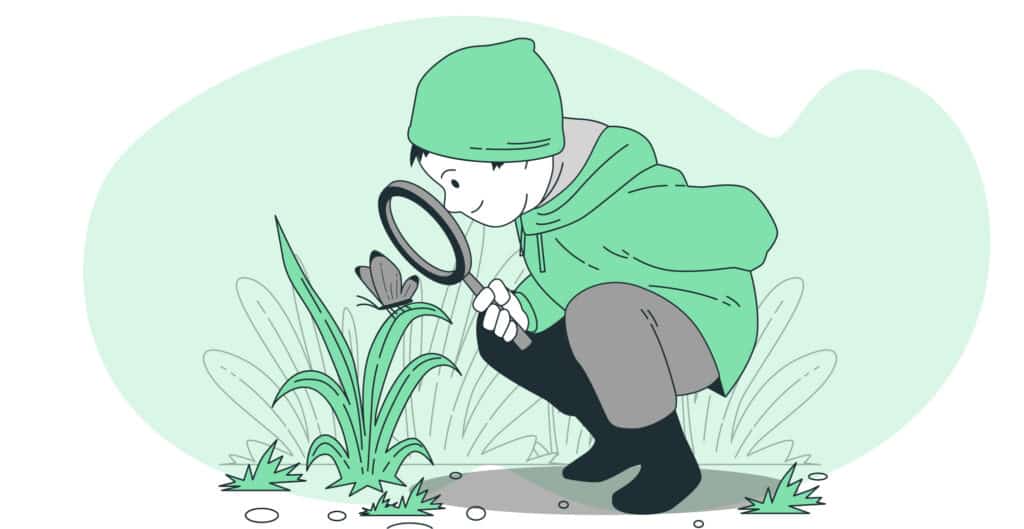
Then it started. The flood of questions.
He asked every question possible about the plants he was seeing and the critters crawling around.
I used this as an opportunity to strengthen his observation skills. We used our senses to explore and talked a bit about taxonomy and classification. Hey, I can’t help if the teacher in me takes over sometimes. I promise it was fun!
Later that week he called to tell me he went to the library and picked up some books about bugs and plants. He was proud of this newfound interest in insects.
His love for learning about bugs and plants continues as he enters middle school. I think this teachable moment is one that will stick with him for some time.
Example 10: Learning from cinema with family.
Some of my most memorable teachable moments examples come from watching movies or musicals with my stepdaughter, Taylor. She would always ask questions about the setting and loved discussing the characters in the story using great detail.
I used these moments as small but meaningful opportunities to introduce her to literary elements such as setting, plot, and characterization. And now at 23 years of age, I have to say that she’s a pretty fantastic story writer.

How to Find Teachable Moments
While they do exist everywhere, sometimes teachable moments are not so easy to detect.
But know this – when kids inquire, they want to explore! Recognize that those instances of inquiry are teachable moments. Use them as an opportune time for learning.
I believe that responding to kids’ questions with enthusiasm always leads to delightful discoveries. You will never go wrong with being present and actively listening to the children around you.
We can help our children explore their curiosity while also fostering their love of learning by responding to their questions with thoughtful explanations.
Being Prepared for Teachable Moments
Teachers should always be prepared to embrace any opportunity that comes their way to help students expand their learning. This may include listening, being prepared to move away from the curriculum, and having patience.
Here are some ways for teachers, parents, and educators of all sorts – in class, at home, and online – can prepare for teachable moments.
➡️ Listen to the Child
At all times.
As Dr. Maria Montessori said:
“The goal of early childhood education should be to activate the child’s own natural desire to learn.”
We can guide the child’s curiosity if we listen.
What to Listen For:
☀️ Listen to what your learners are putting out there.
☀️ Let them ask questions, but don’t necessarily provide them with the answer right away, guide them to look for the answer on their own.
☀️ Learn about them: What do they talk about over and over? What peaks their interest? What do they like doing?
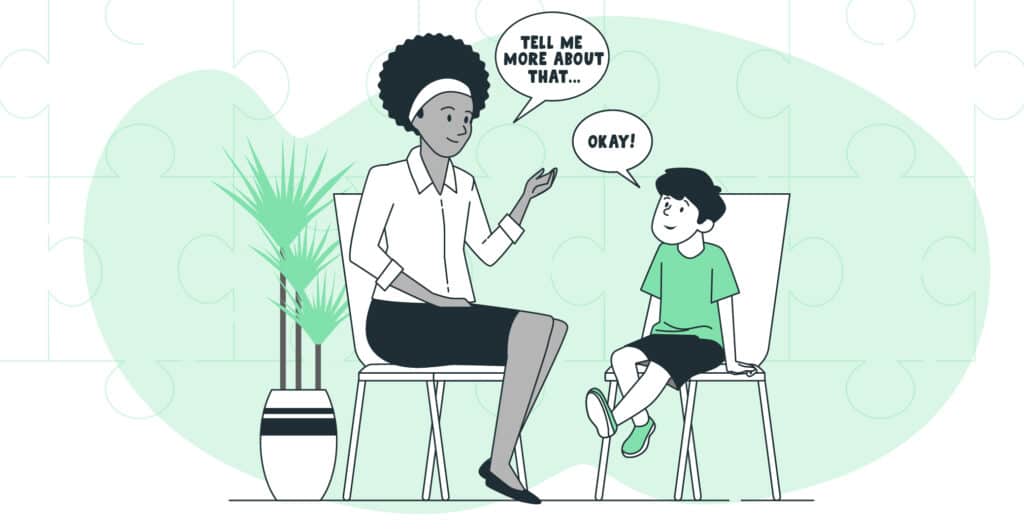
Then ask yourself, ‘How can I use this information about them to spark their desire to learn?
Life is full of teachable moments, and both parents and educators can take advantage of them by truly listening to what learners are saying.
The best teachable moments are the ones in which educators and parents are proactive, on their toes, aware of the interests of the children around them, and able to act on their inquiries.
➡️ Be Okay With Straying From the Plan
Go on and go off-topic.
Take advantage of these instances of student intrigue and expand upon their interests. Taking the time to explore a tangent is almost always worthwhile.
Students – and humans in general – are more likely to be inspired to learn more, and maybe even do so independently, if they are learning about a topic that they feel connected with and they are even more likely to retain what they have learned.
We can help children flourish by recognizing teachable moments and utilizing these unique instances to bring about even more learning.
The way I see it is:
📚 The curriculum will always be there.
📚 Lessons will always be there.
✨ But teachable moments come and go.
So just go with the flow and give learners what they are in search of – knowledge about what they are interested in!
Hey, you never know, one student’s tangent could evolve into their teacher’s next lesson plan or unit of study.
Win-win!
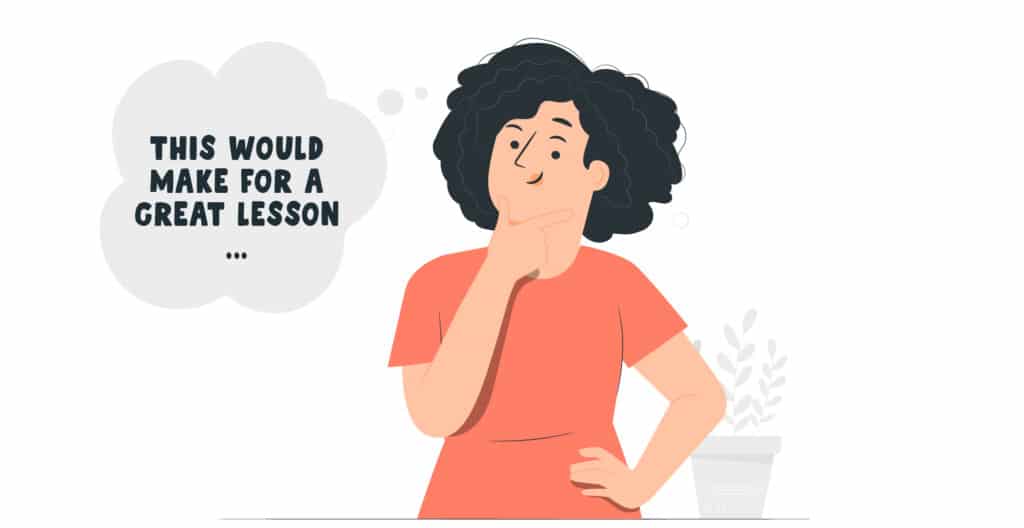
➡️ Have Access to a Variety of Resources
Surrounding yourself with a wealth of knowledge makes it easy for you to pass the information along. Teachers need to be prepared to teach in a variety of ways and using a variety of resources.
If a teacher only has access to textbooks and worksheets, they may not be able to take advantage of teachable moments that occur during class.

However, if a teacher has a variety of resources at their disposal, such as novels, picture books, articles, maps, videos, and websites, they are more likely to be able to adjust their teaching to fit the moment. This also allows for more personalized learning for students.
➡️ Be Patient
Stay calm when things go off track and be patient with all of the questions!
In their quest for understanding the world around them, elementary children want to know all the things.
Give them time to think, research, and develop.
Even give them questions to think about.
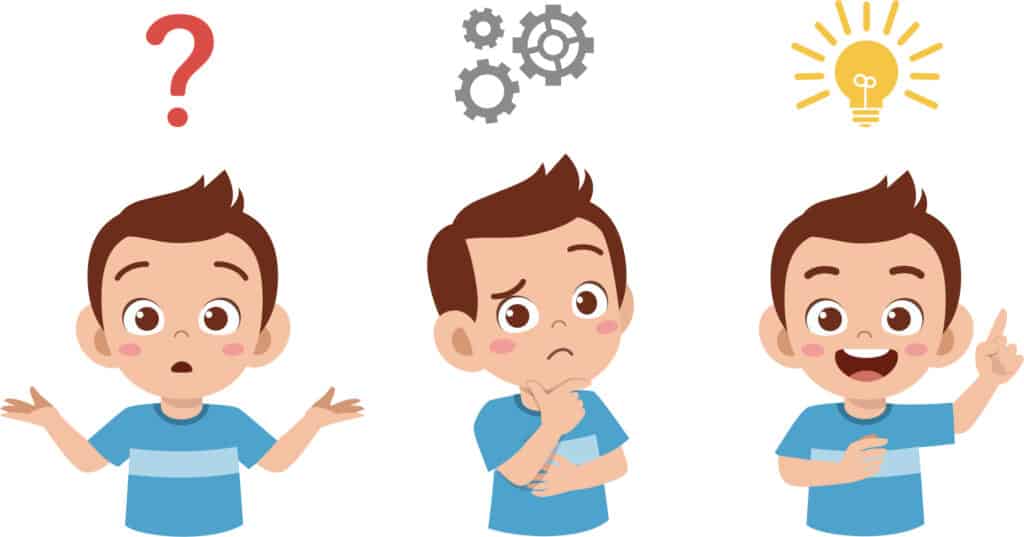
As a Montessori elementary teacher, I know that a little patience and encouragement go an awfully long way. Building meaningful and respectful relationships with students is key to helping them reach their full potential!
Great teachers, like yourself, are always prepared, flexible, and ready for anything. They know that teachable moments can happen anywhere, at any time, and they are patient in taking advantage of them.
➡️ Draw on Life Experiences to Create Teachable Moments
When I was about ten years old I cried over spilled milk.
For real. 🙀
I wanted to make a milkshake so logically I poured milk into ice cube trays and carefully put them in the freezer.
Thirty minutes later I (aggressively) pulled the not-even-close-to-being-frozen milk cubes out of the freezer so fast that the ice cube tray filled with cold milk flew out of my hand and onto the floor.
Cue the tears. 😿
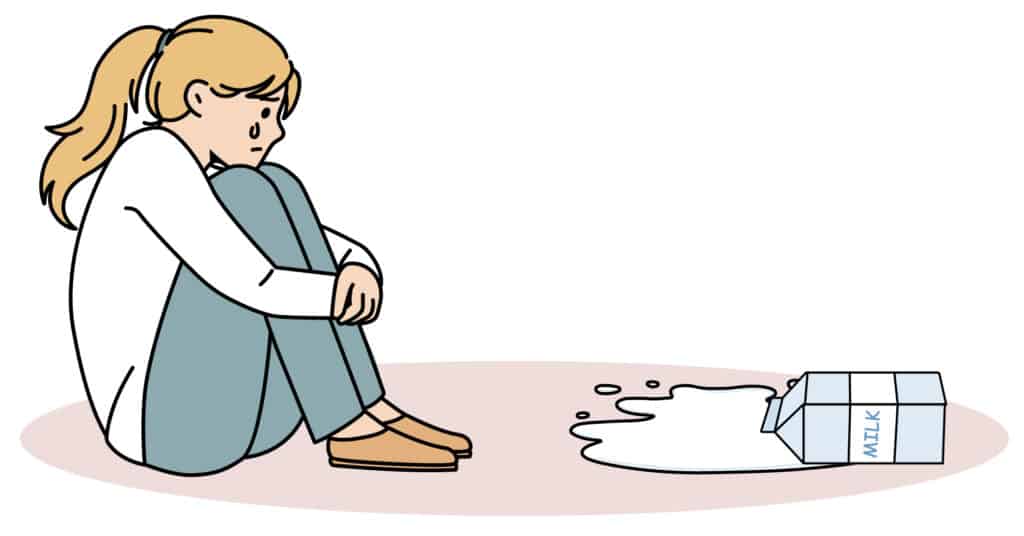
My parents love telling this story because they get to say, “We actually told her, ‘Don’t cry over spilled milk!’” Hilarious. 😹
Where am I going with this?
Example 11: Share life experiences so they can learn from you.
Whenever anyone in my classroom (or life) is in a messy situation, I’m eager to tell the tale of how I cried over spilled milk.
Why? Because it shows empathy and that I, too, am human. On top of that, I’m also able to use this teachable moment as a segue to talk about idioms.

I share my life stories with my students because I care.
♡Because I want others to know that I’ve been there.
I’ve done that.
I get it.
I support you. ♡
Pretty awesome, right!?!?
How Teachable Moments Can Be Used to Help Students Learn and Grow
One of the best ways to use teachable moments is to help students learn and grow.
Teachers can use teachable moments to help students:
✅ reflect on their own learning;
✅ deepen their understanding of a topic;
✅ and apply what they have learned in new and innovative ways.
Let’s talk more about what these each mean.
Teachable moments help students reflect on their own learning.
A student not meeting a deadline or work expectation is a good example of when using a teachable moment can help students reflect on their own learning.
Example 12: Get them to reflect.
When a student is not putting forward their best effort I will have a private conversation with them about their work. What I find works best is asking them to think about a time when they were successful in completing a task and what made them successful in doing so.
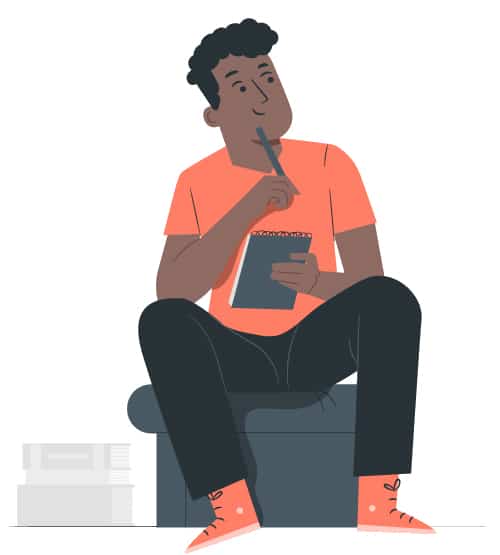
An upper elementary student of mine who struggled with time management in the classroom but was always on time and prepared for hockey practice really benefitted from reflecting on his successful habits.
He realized that if he approached his schoolwork with the same positive mind frame that he approached anything to do with hockey he would have a better attitude about the task and want to put in a good effort.
Encouraging elementary-aged students to think about what they could do differently next time allows them to take responsibility and ownership of their work.
It was amazing to watch how my hockey-loving student became more responsible and independent with his work in the classroom thanks to a bit of constructive criticism and some self-reflection.
Teachable moments help students deepen their understanding of a topic.
Use topics that students show interest in to further develop their knowledge in different subject areas. With a little bit of preparation, you can help them go all in and learn a lot about the topic they love.
Example 13: Use what they love to enhance their learning.
I had a student who loved horses. She talked about horses, wrote about horses, drew horses, and even galloped around the yard like a horse at recess. It’s safe to say that this child was interested in horses.
This was the perfect way to help support her learning in all areas of the classroom.
I challenged her to think differently about this topic by asking this question:
🐴 How tall is the average horse?
And that question alone along with its research lead to different questions such as:
🐴 What unit of measurement are horses measured in?
🐴 What is the tallest mammal?
🐴 Do horses live in Antarctica?
I’m always going to ask that student who loves horses (or hockey, or ballet, or the periodic table of elements) questions that challenge them to think more deeply about the topic that they love and encourage them to dig deeper and expand their knowledge.
This means it’s ok for the student who’s obsessed with horses to use that topic in their writing, presentations, and math assignments.
Read the next section to understand why!
Teachable moments help students apply what they have learned in new and innovative ways.
I love the elementary age for many reasons, one being that they are always eager to explore things that they are interested in. That’s why I believe it is important to give these students autonomy around their work. That’s so Montessori of me!
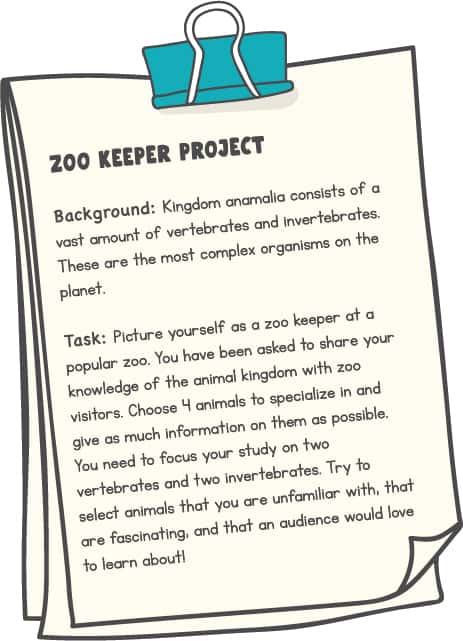
When I assign tasks and projects I give each student an outline that identifies what has to be included in order for the task to be complete.
Other than those guidelines, students are left to design their work by combining their own interests with what they have learned in class.
I do this because it allows the child to experience teachable moments all on their own. Their interest will lead them to explore more, ask more questions, and teach themselves more about something they like.
It’s pretty amazing to see what students do when they take their interests, and real-life experiences and apply them to what they are working on.
Can All Classrooms Benefit From Using Teachable Moments?
Oh yes, teachable moments can benefit classrooms of all kinds!
In my decade-plus of teaching in Montessori elementary school classrooms, teachable moments have created some of the most interesting and exciting experiences for both myself and my students.
From sudden bursts of creativity to surprising topics sparking a discussion about something totally unexpected, teachable moments can add an element of surprise and delight to any classroom setting.
As a teacher, I thrive on these teachable moments! They often lead students meaningful conversations between students and their teachers while also piquing curiosity in the students. Pretty awesome!
Teachable moments can be applied to any setting, really.
✔️ At home;
✔️ In the car;
✔️ At work;
✔️ With your family;
✔️ With your friends;
📍 Anywhere.
From public to private schools and homeschool families to online learning pods, teachable moments can most definitely benefit all classroom environments.
You’re probably already seizing teachable moments!
When you stop in the middle of a lesson, a story, or even a song to expand on a topic that a child shows a keen interest in, or there’s an opportunity for a real-life lesson to be explained, you are in fact seizing a teachable moment.
These experiences can inspire children to keep asking questions and motivate them to apply their understanding in different ways. As a result, the elementary child’s self-confidence increases as they become more independent learners.
The Wrap-Up – 13 Examples of Teachable Moments
While it may seem like elementary students are always ready and waiting to be entertained with pre-planned flashy lessons, these 13 examples of teachable moments remind educators and parents that learning opportunities happen anytime and anywhere so meandering off-topic to follow the child’s interest is always a good idea.
It’s important to remember that not all learning has to come from a textbook or worksheet; sometimes the best way for students to learn and discover is through asking questions randomly and through hands-on exploration.
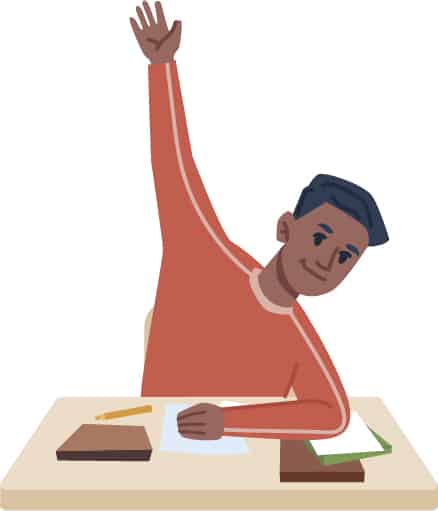
So next time your student asks you a question in the middle of a lesson about something they’re curious about and has very little to do with the topic at hand, instead of brushing it off or redirecting them back to the lesson, try taking advantage of the opportunity and turn it into a teachable moment.
You might be surprised by how much your students can learn outside of the confines of the traditional classroom structure.
Wishing you all the best in finding and highlighting teachable moments in your elementary learning environment.
Explore these blogs for insights into the Montessori elementary child:
31 Captivating Picture Books for 5th Graders with Expert Tips for Selection
9 Montessori-Aligned Math Activities for Elementary Students
Rebus Puzzles for Kids: A Comprehensive Riddle-Solving Guide
A Guide to Digital Racks and Tubes Montessori Material
The Montessori Checkerboard: A Guide to Multiplication
15 Benefits of Using Games in the Classroom
The Ultimate 13 Vocabulary Development Activities for Kids Unique
The 5 Montessori Great Lessons That Ignite Curiosity
Learning in Disguise: 9 Benefits for Your Elementary Students


